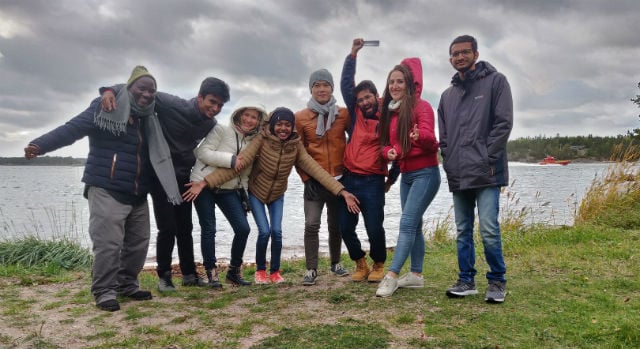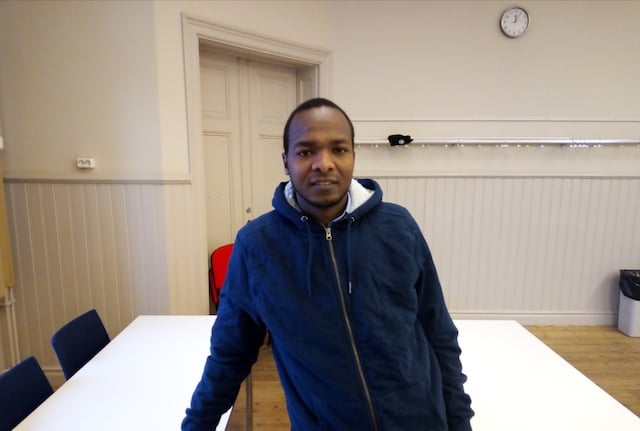Tourists have the incredible ability to see things on the bright side. A tourist walks down a filthy road and sees the only flower blooming at the end of it. Locals only see filth. When visiting a new place, switching to a positive attitude is easy. So, why can we not enjoy our own cities like tourists?
You may be from Syria, the United States, Russia or Nepal. It does not matter. What I’m talking about is the radius of a few hundred kilometers around the place where you have lived most of your life. How well do you know your hometown? Do you know the best place for a cheap meal or the best park to relax with friends?
I first thought about this famous statement everyone will hear when talking about exploring a new city: “It’ll cost a lot.” It is true, for the most part. It costs a lot for travelling and booking a hotel room in a new destination. You need to plan well in advance to save on skyrocketing plane and accommodation prices.
 Photo: Saujanya Shah from NFGL Local Network in KTH
Photo: Saujanya Shah from NFGL Local Network in KTH
I come from Nepal. A country which charts on the list of places to visit for a vacation or an extended getaway. But, I am a Nepali who hasn’t been to any of those mountain peaks or even to their base camps. I realized what an awful tourist I was when I first wandered outside my country.
While in Bengaluru, India for my bachelor’s studies, most people were surprised when I told them I come from Nepal. They expressed their intentions to visit my country to explore its wonders. They already knew by heart where they wanted to go, how they’d get there and what they would see. I felt like a citizen from a beautiful country I had never visited.
Now let’s talk about what I did while in Bengaluru after realizing I never explored my own country. I made up my mind: I would, from then on, be a tourist wherever I am. I decided to visit places, explore all the beautiful things to see around me. I explored what Bengaluru had to offer in its diversity.
You may live all your life in a place and never know how it is feels like to take a dip in the lake only a couple of kilometers away from your home. You may never experience sitting on the edge of a famous cliff, even though thousands of tourists spend significant amounts of money to go there.
Try not to leave a place unexplored in your own vicinity. Often we forget or get used to our own surroundings. I can assure you, you will never regret knowing your environs a little better.
Go out. Be a tourist in your own place, you don’t even need a holiday. A weekend is more than enough to get out of your usual routine. Don’t set back from being a tourist in the hopes of having a lavish destination. Be a tourist in your own place!



 Please whitelist us to continue reading.
Please whitelist us to continue reading.